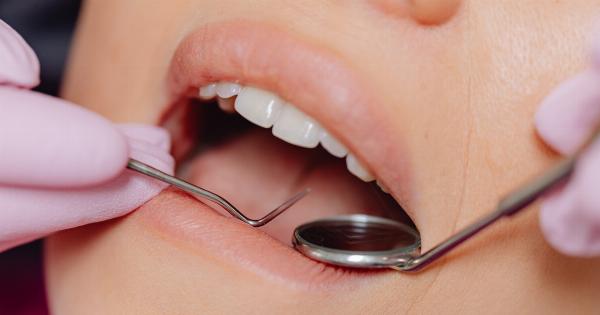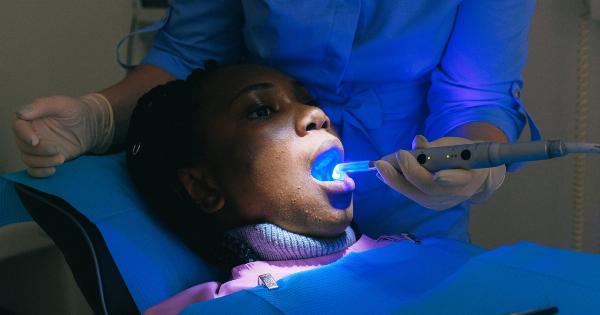Tooth decay, also known as dental caries or cavities, is a common dental problem that occurs when the enamel on the surface of your teeth breaks down. This can lead to various oral health issues if left untreated.
Tooth decay is primarily caused by poor oral hygiene and a diet high in sugar and carbohydrates. It is important to be aware of the consequences of unattended tooth decay and take necessary measures for prevention and treatment.
The Process of Tooth Decay
To understand the consequences of unattended tooth decay, it is essential to know how the process works. When you consume sugary or carbohydrate-rich foods, the bacteria present in your mouth feed on these particles and produce acids as a byproduct.
These acids attack the enamel of your teeth, causing it to erode. Over time, this erosion leads to the formation of tiny holes or cavities in your teeth.
Consequences of Ignoring Tooth Decay
If left untreated, tooth decay can have a significant impact on your oral health and overall well-being. Here are some consequences of ignoring tooth decay:.
1. Pain and Discomfort
Initially, tooth decay may not cause any pain or discomfort. However, as the cavities deepen and reach the inner layers of your teeth, you may experience sensitivity to hot or cold foods, pain while chewing, or spontaneous toothaches.
These symptoms can worsen over time, making it difficult to carry out daily activities such as eating and speaking.
2. Tooth Infections
If tooth decay is not treated promptly, the cavities can expose the inner pulp of your teeth. The pulp contains nerves and blood vessels that are essential for the vitality of your tooth.
When the pulp becomes infected due to bacteria entering the cavity, it can lead to a condition called pulpitis. Pulpitis causes severe pain and may require root canal treatment or tooth extraction.
3. Abscess Formation
In some cases, tooth decay can progress to an abscess, which is a collection of pus around the infected tooth. Abscesses can be extremely painful and may cause swelling in the surrounding gums.
If left untreated, the infection can spread to other parts of the face and neck, leading to more serious complications.
4. Tooth Loss
Chronic tooth decay that remains untreated can eventually result in tooth loss. As the cavities expand and weaken the structure of your teeth, they become more susceptible to fractures and breakage.
Tooth loss not only affects your ability to chew and speak properly but also has aesthetic implications, affecting your confidence and self-esteem.
Prevention and Treatment
Preventing tooth decay begins with a good oral hygiene routine. Brush your teeth at least twice a day with fluoride toothpaste and use dental floss or interdental brushes to clean between your teeth.
Additionally, limit your consumption of sugary and acidic foods and drinks, and opt for a balanced diet rich in fruits, vegetables, and whole grains.
Regular dental check-ups and professional cleanings are also crucial for early detection and treatment of tooth decay.
Your dentist may recommend dental sealants to protect vulnerable areas of your teeth from decay, or fluoride treatments to strengthen and remineralize your enamel.
If tooth decay is detected, treatment options may include fillings, crowns, or root canal therapy depending on the extent of the decay. In severe cases, tooth extraction may be necessary.
It is important to act promptly to prevent further damage and complications.
Taking Control of Your Oral Health
Unattended tooth decay can have serious consequences for your oral health.
By practicing good oral hygiene, adopting a tooth-friendly diet, and seeking professional dental care, you can take control of your oral health and prevent the detrimental effects of tooth decay. Remember, prevention is always better than cure.




























